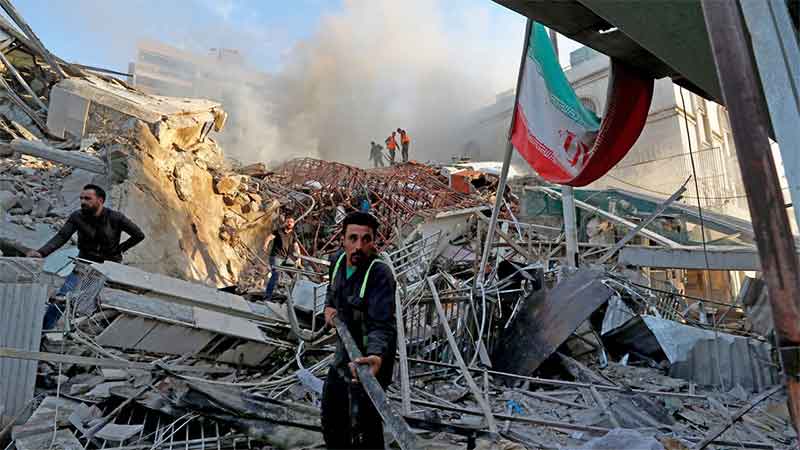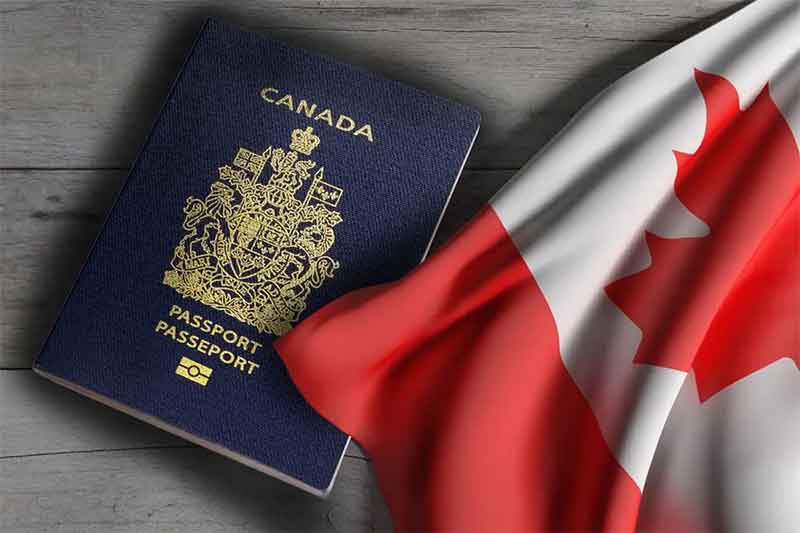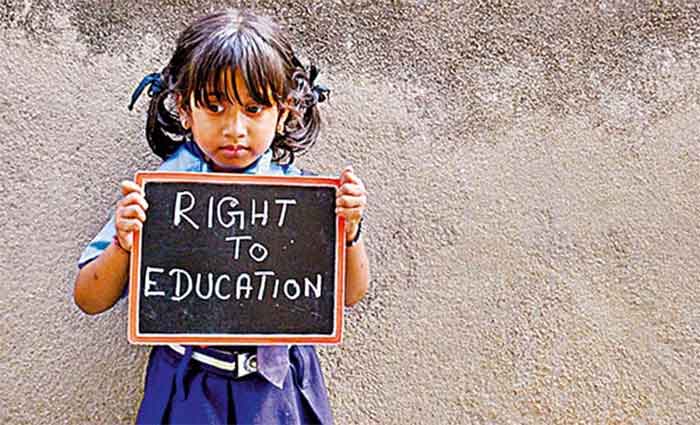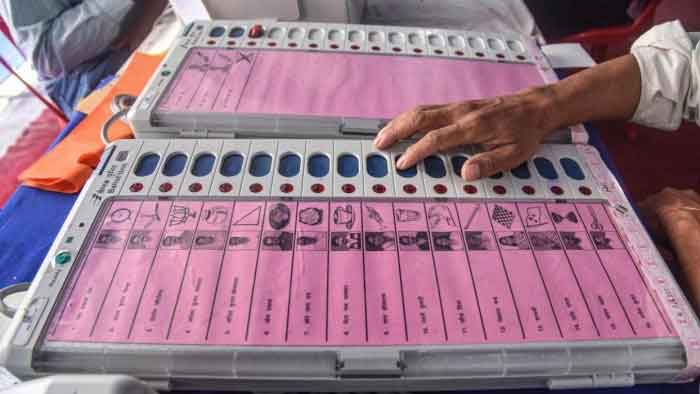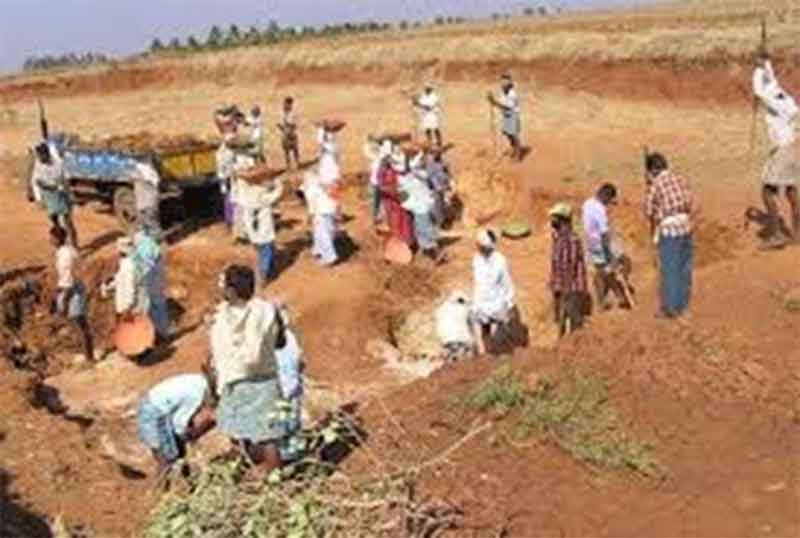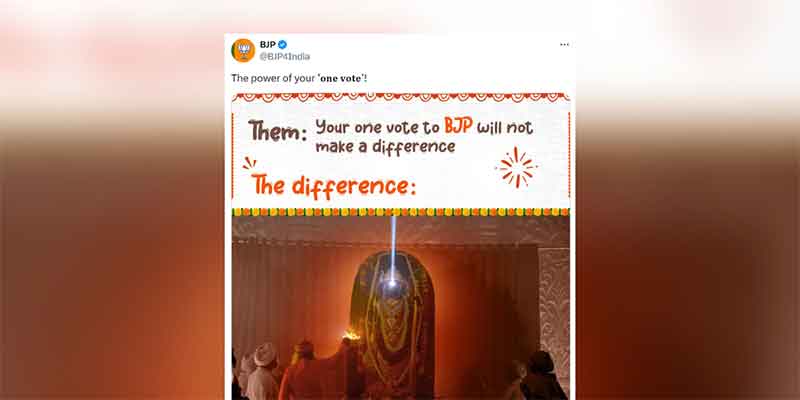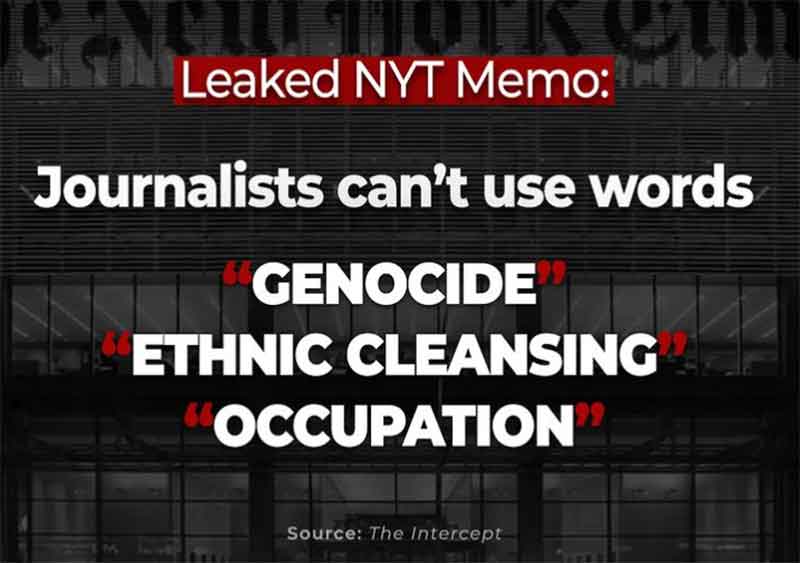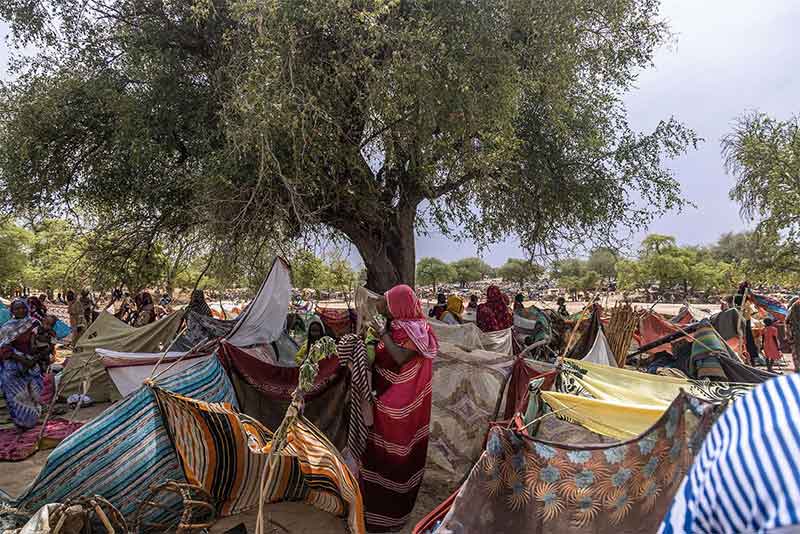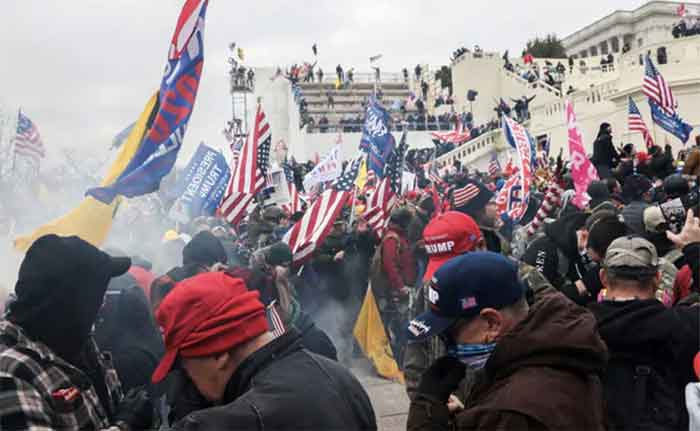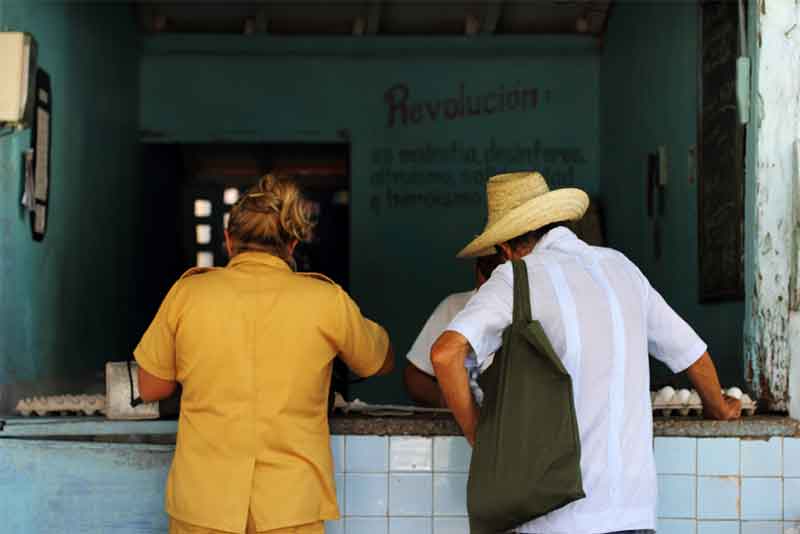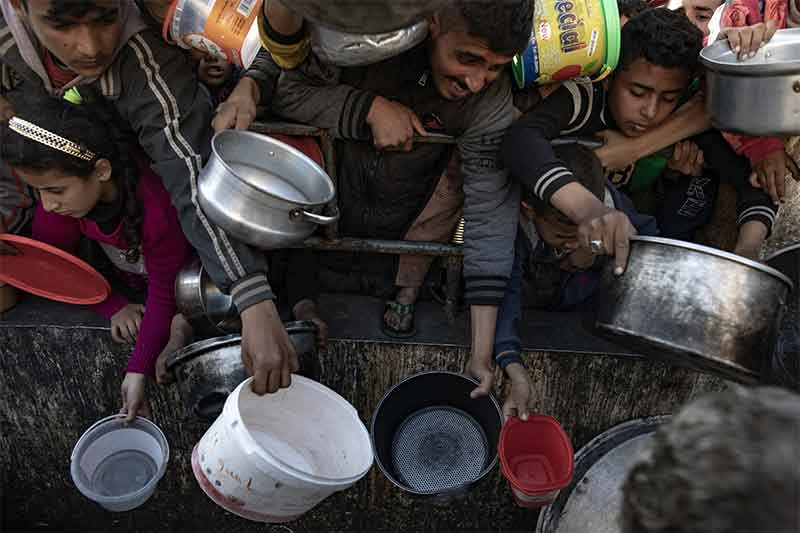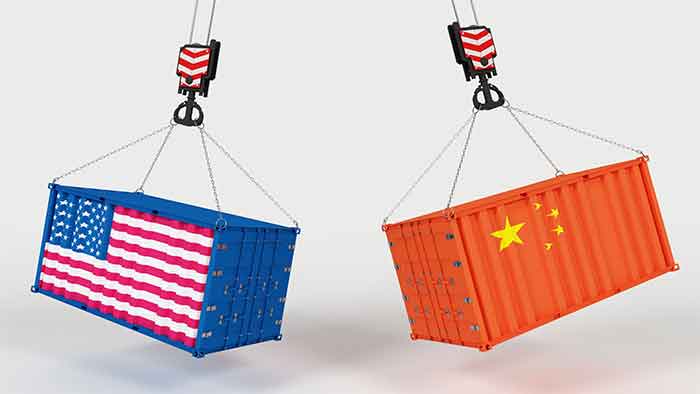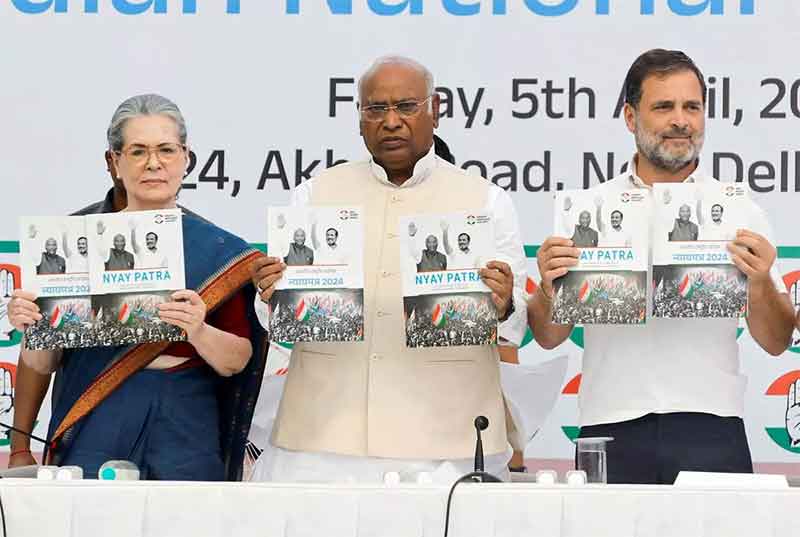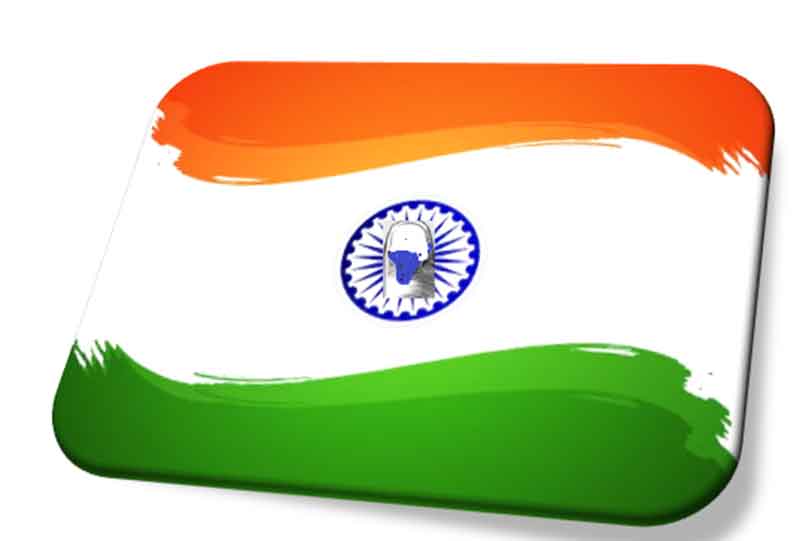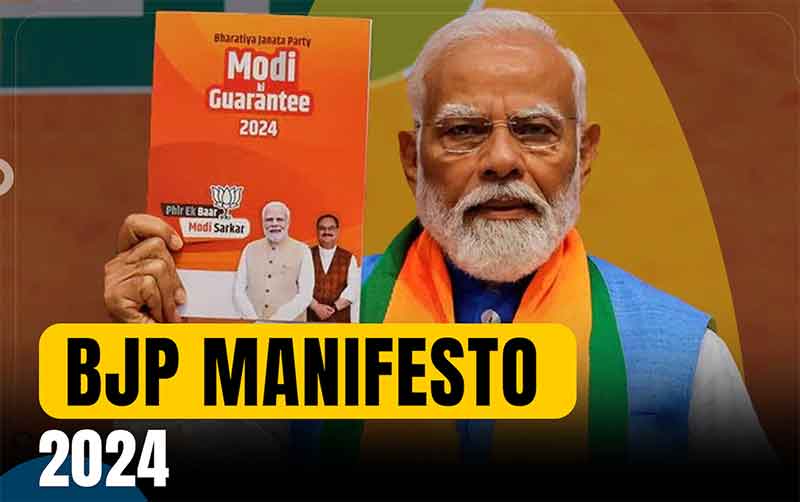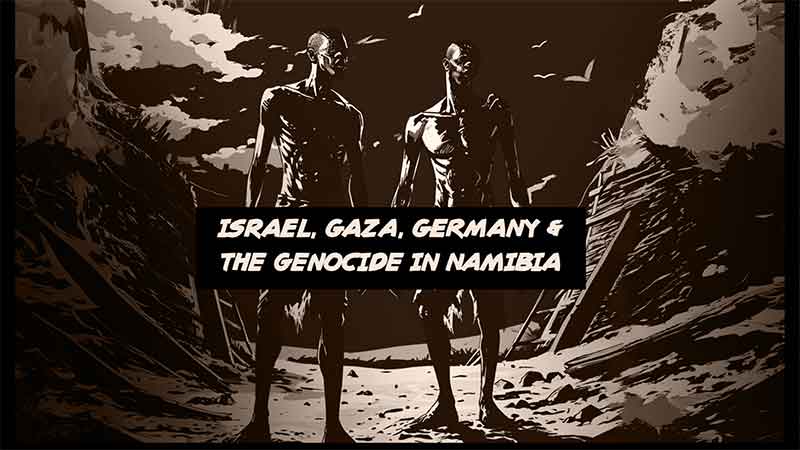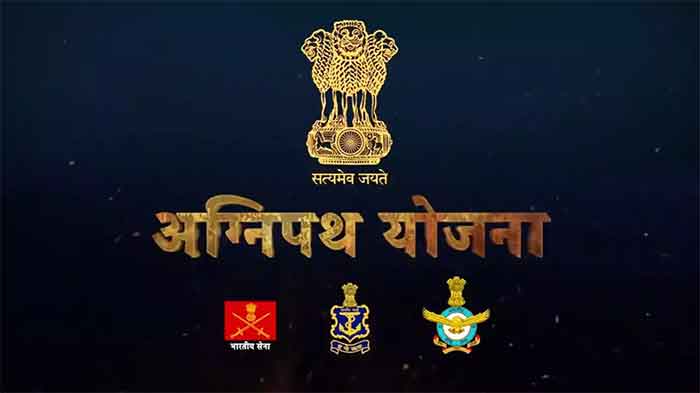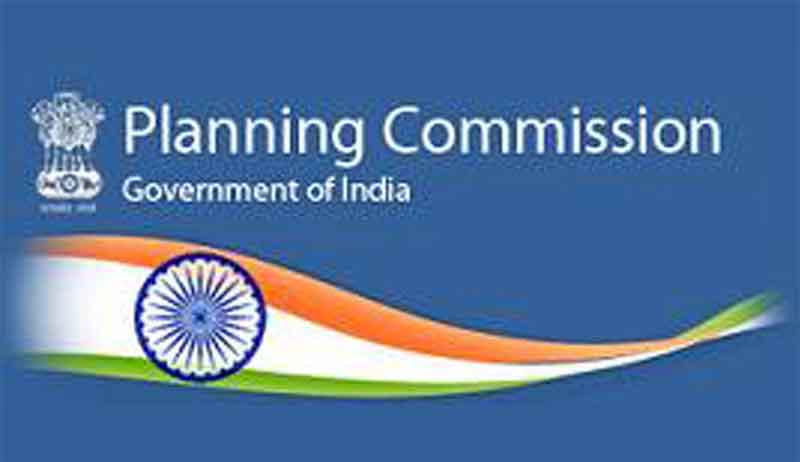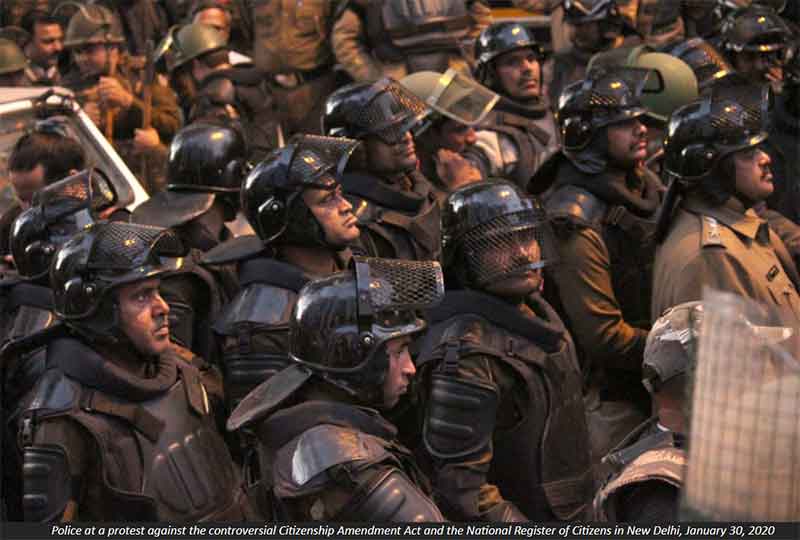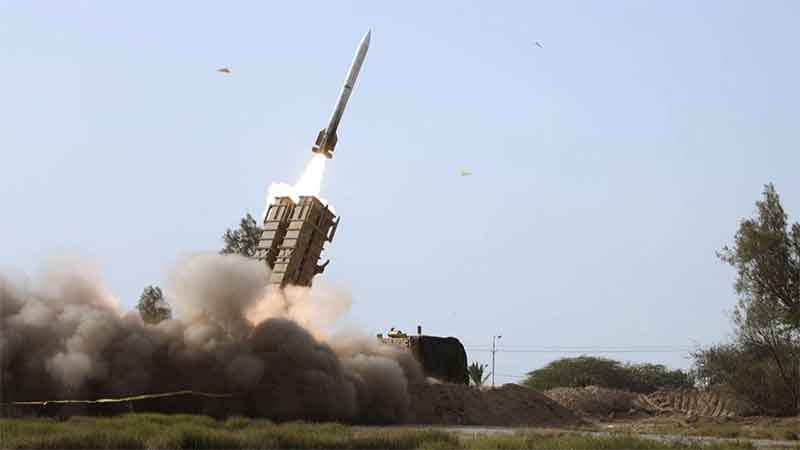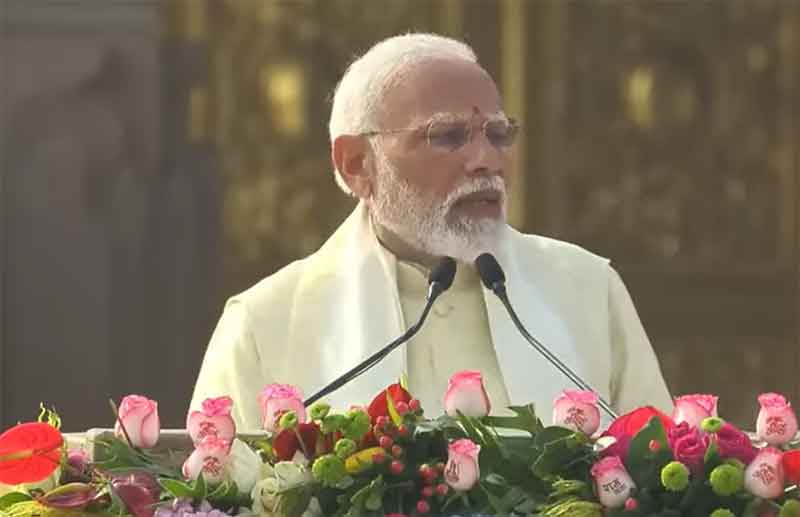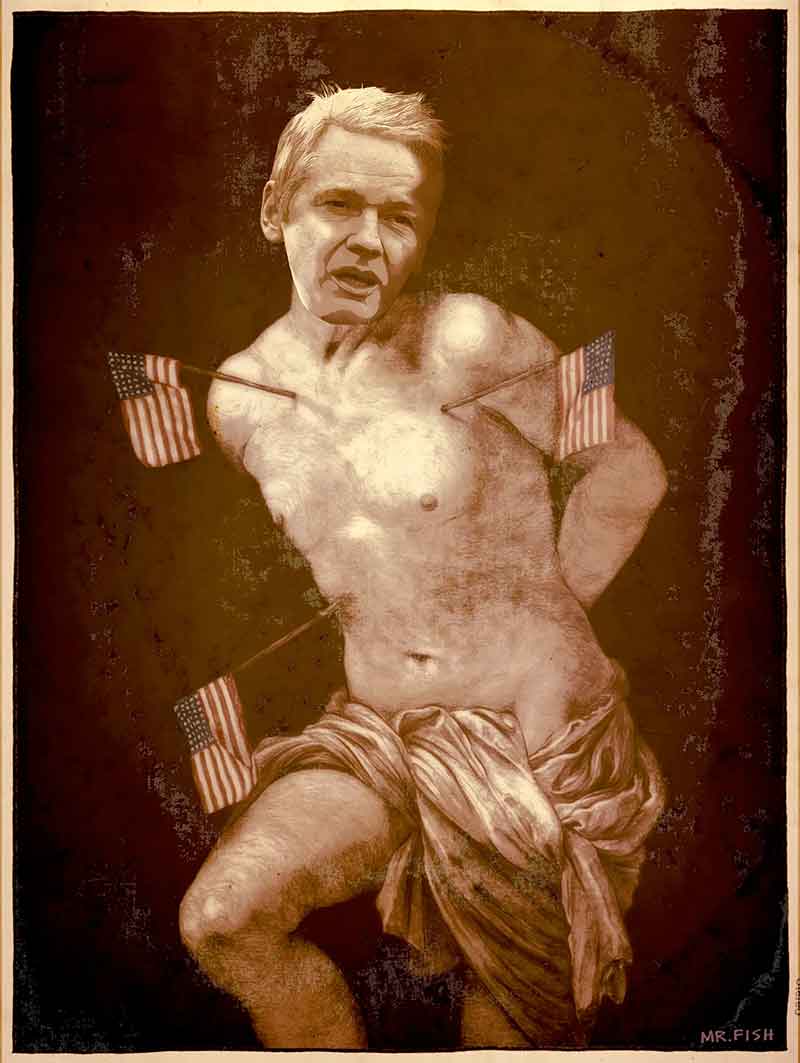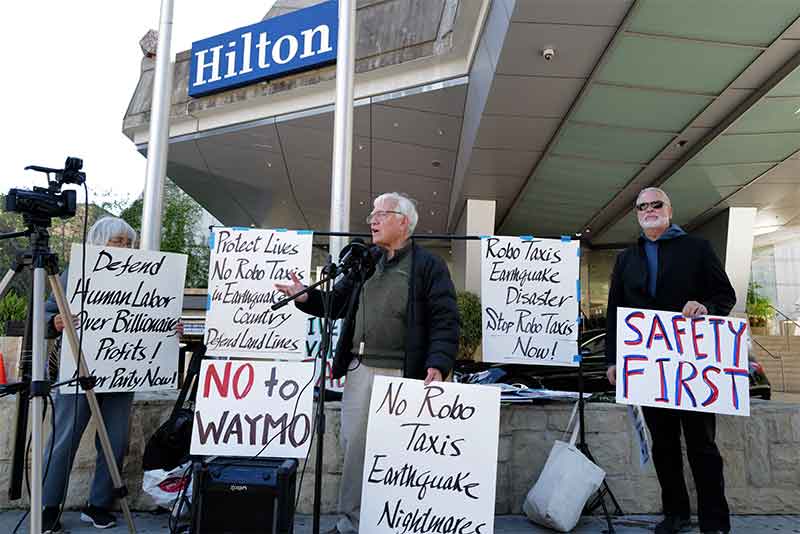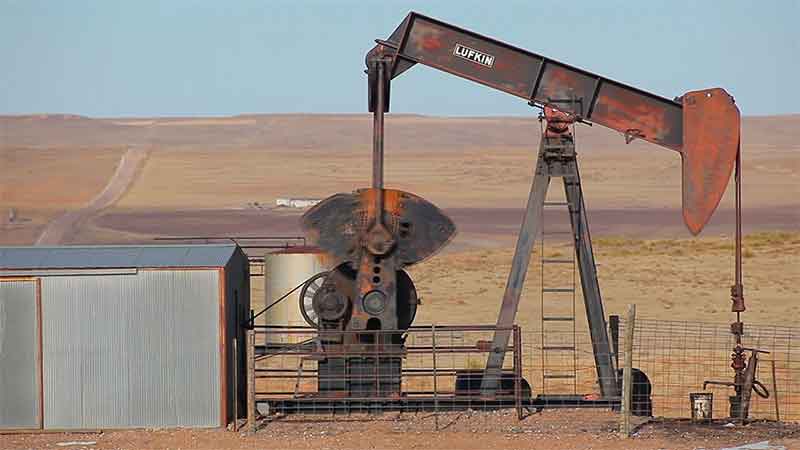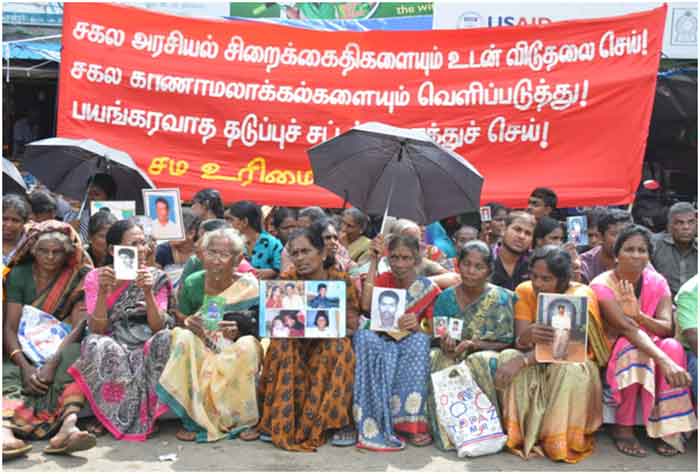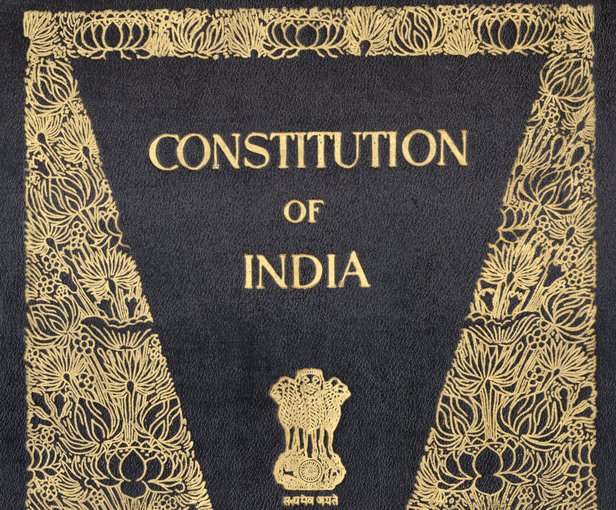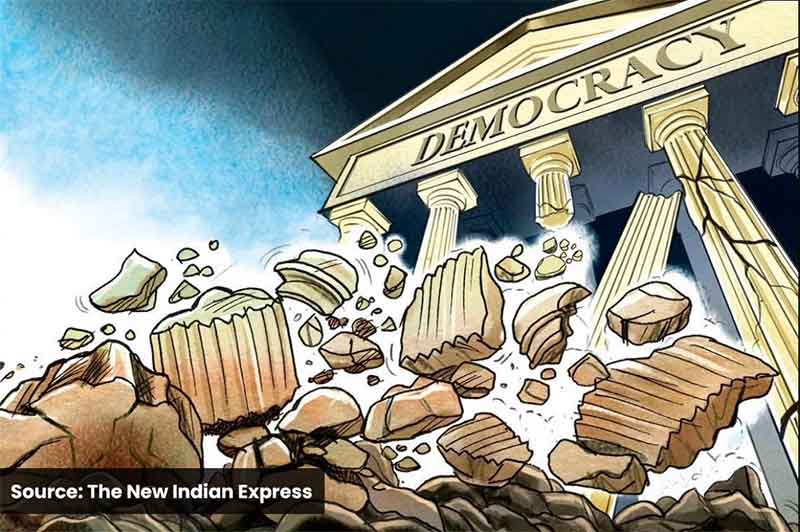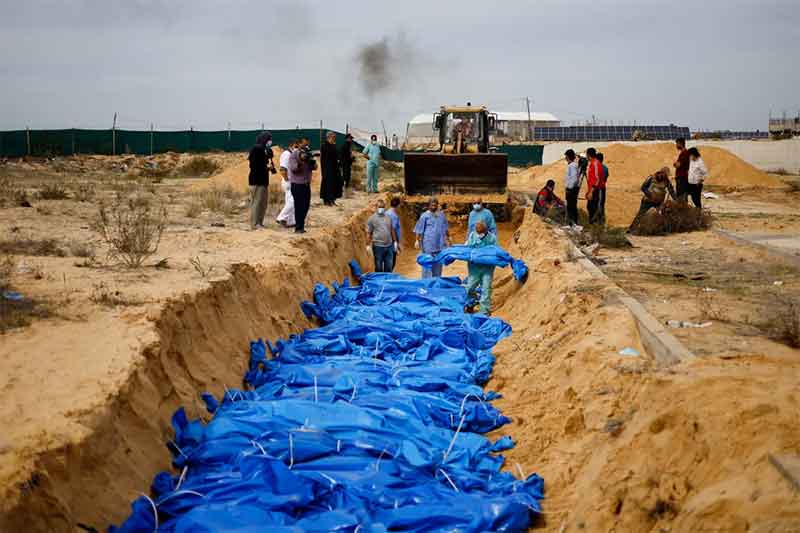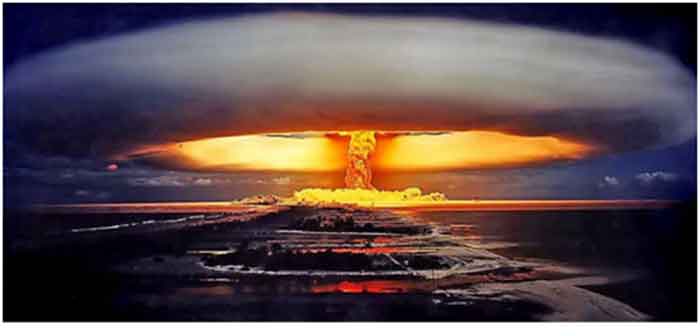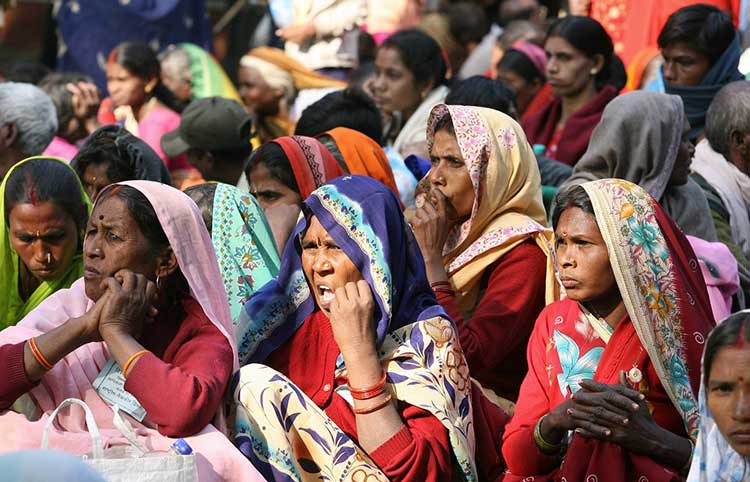
While women in general face exploitation socially and economically, some of them face ‘ more’ exploitation than others. A UN report released late Wednesday night says that the average dalit women dies 14.6 years younger than women of upper castes. The risk of exposure to mortality of dalit women increases due to poor sanitation and health care ( India – woman’s caste raises her exposure to mortality: UN report, Ashwaq Massodi, Livemint published February, 16, 2018, kracktivist.org). The report elaborately examines the conditions of women in a poor rural society as against those in rich urban society.
The report ‘ Turning promises into action: gender equality in the 2030 Agenda by UN women says “.. Those left furthest behind in society are often women and girls who experience multiple forms of disadvantage based on gender and other inequalities …” This can lead to clustered deprivations which may lead to disadvantages in access to quality education, decent work and health care. It also examines the progress of 17 sustainable Development Goals (SDCs) by 2030 adopted by world leaders in 2015 in the case of women.
Inequalities
In India, as the report states, a woman of 20 -24 age group from a poor rural household is 21.8 times less likely to ever attend school than one from a rich urban household. The poor woman is more likely to marry before the age of 18 and also become an adolescent mother. The likelihood of being poor is more if she is from a Scheduled Caste and the low hierarchy level makes her less educated and work with pay under exploitative conditions. Scheduled Castes (16.6% of population) and Scheduled Tribes(8.6% of population) have less literary rates than Indian average. The literacy rates of ST (below 50%) and SC (57%) is below upper castes.
Caste and women
Thus, the poverty of marginalised section of women is more than upper caste women. The adivasi, dalit and lower caste women spend much time collecting firewood, food items etc in rural areas. Upper caste women have slightly better working conditions and standard of living. Though domestic violence is prevalent in all castes, dalit and other subalterns face both caste and economic exploitation in addition to domestic violence and male hegemony.
Awareness and future programs
Feminists and social activists must analyse the place of women in caste hierarchy and the severity of exploitation in relation to caste. Sensitisation on caste and its impact on women is essential to understand the factors behind inequalities of status. Then only, empowerment of women is possible. When women fight against patriarchy, caste and poverty together, only then will their voice would become powerful.
The inequalities between upper caste and lower caste women should be eradicated and the goal of empowerment of all women must be given top priority. The struggle for equality would bear fruit only when women of all castes come together in solidarity and move forward towards gender justice.
Sheshu Babu is a writer from anywhere and everywhere


